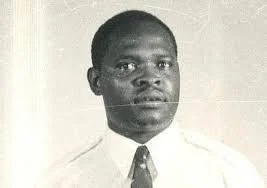Water and its atypical physical properties: the Mpemba effect
Water holds a key role in many spiritualities and cultures, maybe in all of them. It is also a substance that has been challenging Physics since the advent of modern science and analytic methods.
In 2013, The Royal Society of Chemistry offered £1000 for the best and most creative explanation of the so called Mpemba effect.
Young Erasto B Mbempa
In 1963, Erasto B Mpemba, a high school student, observed that hot water actually freezes faster than cold water despite being exposed to the same subzero temperature. With the scientist Denis G. Osborne, he will set up a series of simple experiments that consisted in recording the time taken for two identical volumes of water, one initially warmer than the other, to cool and start freezing. They thus reported ‘the time to start freezing’ and some outcomes were quite puzzling. For instance, water initially at 80 °C started to freeze three times quicker that water initially at 20°C.
The phenomena has been extensively investigated by physicists all over the world. Some did not manage to replicate the results, which led to a refinements of the definition. In particular, it was realised that other variables than temperature matter, that needed to be controlled in order to replicate the phenomenon… and explain it.
Supercooling and Convection have been hypothesised to be the underlying mechanisms of the Mpemba effect. Recent studies in 2019 focused on the simulation of this phenomenon, mathematically pretty well characterised today, and led to very interesting developments and generalisations.
Source: Mpemba EB, Osborne DG. 1969Cool?Phys. Educ. 4, 172–175.
Source: Mpemba EB, Osborne DG. 1969Cool?Phys. Educ. 4, 172–175.




